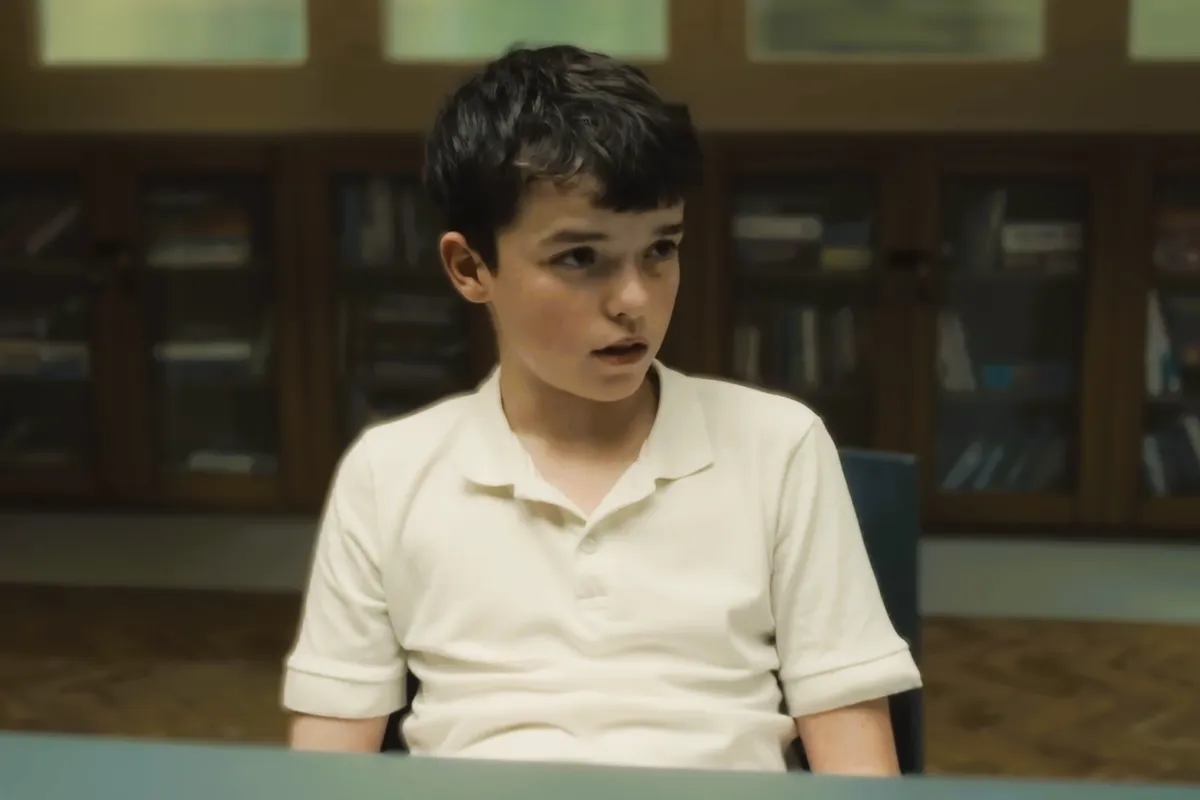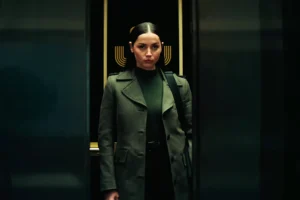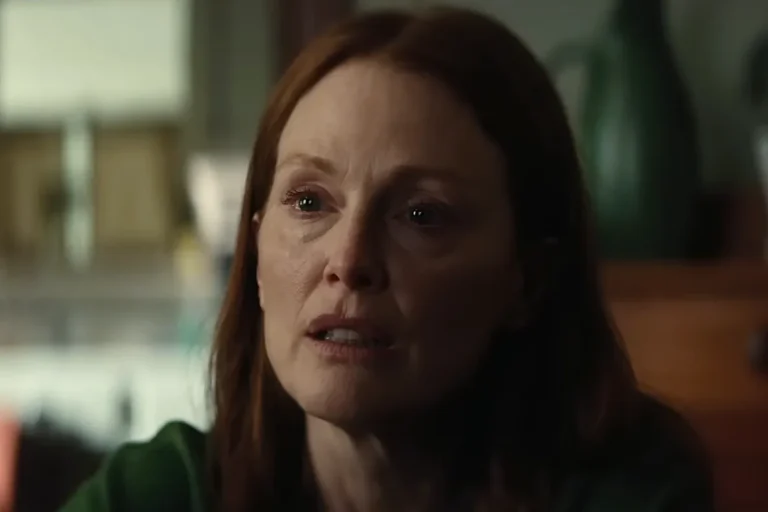Key Points:
- Adolescence introduces the “80/20 rule” as a belief that 80% of women are attracted to only 20% of men, fueling incel ideology.
- The rule is a misinterpretation of the Pareto Principle, which applies to economics and productivity but lacks scientific support in dating dynamics.
- The show highlights how radical online communities distort reality, shaping behaviors with real-world consequences.
Netflix’s Adolescence, a four-part miniseries released on March 13, 2025, has ignited widespread debate over its depiction of incel culture and the controversial “80/20 rule.” The series follows Jamie Miller, a 13-year-old boy accused of murdering his classmate, and how toxic online rhetoric may have influenced his actions. Central to Jamie’s radicalization is his belief in the 80/20 rule—a concept deeply embedded in misogynistic internet communities. But what does this rule actually mean, and is there any truth to it? Let’s break it down.
What Is the 80/20 Rule in Adolescence?

The Adolescence miniseries introduces the 80/20 rule through Adam, the son of Detective Inspector Luke Bascombe. He explains that the rule suggests “80% of women are only attracted to 20% of men,” leaving the remaining 80% of men with little chance of forming romantic relationships. This idea becomes central to Jamie Miller’s growing resentment, particularly after being rejected and mocked by his classmate Katie Leonard, who brands him an “incel” online.
Within the show, Jamie’s radicalization mirrors real-life incel subcultures, which often promote narratives of male victimhood, toxic masculinity, and hostility toward women. The series portrays how the 80/20 belief system fuels Jamie’s sense of injustice, pushing him toward violent actions.
READ MORE: Wednesday Season 2 Fans Are Convinced This Is the Perfect Release Date
Where Did the 80/20 Rule Come From?

The 80/20 rule in incel culture is a distorted version of the Pareto Principle, an economic theory formulated by Italian economist Vilfredo Pareto in the early 1900s. The principle states that 80% of outcomes come from 20% of causes, a concept widely applied in business, economics, and productivity.
For example:
- In business, 80% of a company’s revenue often comes from 20% of its customers.
- In wealth distribution, 20% of people control 80% of the resources.
However, incel communities have misappropriated this statistical observation, arguing that human attraction follows a similar pattern—with a small percentage of “elite” men monopolizing women’s attention. This interpretation lacks any scientific or sociological backing and has been widely debunked by experts.
READ MORE: The Original Snow White Fairy Tale Was Darker Than Disney Ever Showed
Is There Any Truth to the 80/20 Rule?

No, there is no scientific basis for the claim that 80% of women are exclusively attracted to 20% of men. Studies on human attraction and mate selection suggest that preferences are highly diverse and context-dependent, influenced by factors such as personality, compatibility, and shared values.
However, in specific contexts like online dating, some level of imbalance does exist. A 2018 study by OkCupid found that women rated 80% of men as below-average in attractiveness. However, this perception does not translate into real-world dating behaviors. In reality:
- Most men and women eventually form relationships.
- Marriage and cohabitation rates do not support the idea of a vast “undesirable” male population.
- Factors like social skills, emotional intelligence, and shared interests play a far greater role in attraction than simple physical appearance.
READ MORE: Tony Todd’s Final Role in Final Destination: Bloodlines Has Fans Buzzing
How Adolescence Uses the 80/20 Rule as a Storytelling Device

While the 80/20 rule is not real, Adolescence uses it as a powerful narrative tool to highlight the dangers of radical online subcultures. The series draws inspiration from real-life events, such as:
- The 2014 Isla Vista killings, perpetrated by Elliot Rodger, who identified as an incel.
- The 2021 Plymouth shooting by Jake Davison, another individual influenced by incel ideology.
The show does not claim the 80/20 rule is a factual concept but instead depicts how such myths can shape real-world violence. Jamie Miller, despite being fictional, represents the very real consequences of online radicalization.
READ MORE: Mickey 17 Ending: Robert Pattinson’s Nightmare Scene Explained
Separating Fact from Fiction
Netflix’s Adolescence brilliantly weaves internet-fueled conspiracy theories into a gripping drama, forcing audiences to confront the disturbing ways misinformation spreads online. While the 80/20 rule is not supported by science, its impact on young, impressionable minds is undeniable.
By dissecting the psychological and sociological influences behind Jamie Miller’s descent into incel ideology, Adolescence raises crucial questions about online safety, parental awareness, and the role of digital communities in shaping real-world beliefs. The show’s chilling exploration of the dangers of unchecked misinformation serves as a wake-up call, urging society to critically engage with the digital spaces that shape modern youth.
Stay updated with the Latest News and Stories, follow us on our social media platforms.
You can follow us on:
Stay Connected!! Join our Whatsapp Channel













